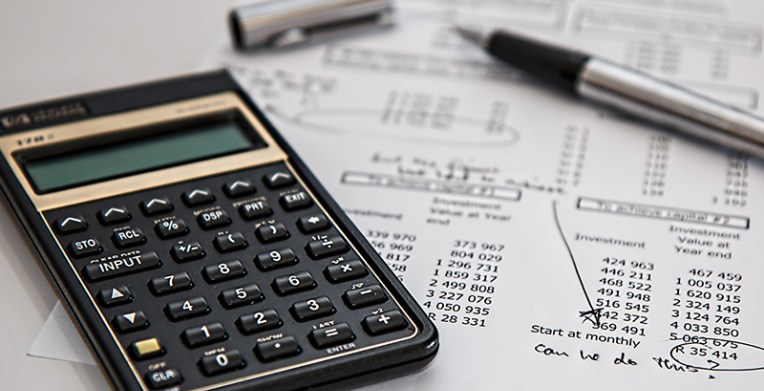Understanding rROIC
by Galen Wickstrom - National Accounts Manager On Aug 10, 2017, 03:00 AM
Subscribe To Aerial Pros
Filter by tags
Have you been in a conversation lately with someone who’s referenced the acronym rROIC? Chances are you have. It’s a topic that’s gaining a lot of interest in the rental industry, and a lot of our customers are making purchasing decisions with it in mind. Because it’s become so important in how we do business with you now and in the future, we want to make sure you understand not only what the acronym stands for but also what the implications are for the industry.
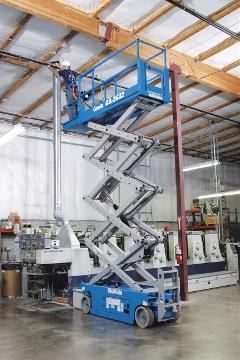 Return on invested capital (ROIC) is a calculation used to assess a company’s efficiency of converting its capital expenses into profitable investments. Essentially, ROIC gives your company a sense of how well it is investing its money to make money.
Return on invested capital (ROIC) is a calculation used to assess a company’s efficiency of converting its capital expenses into profitable investments. Essentially, ROIC gives your company a sense of how well it is investing its money to make money.
Specific to the rental (r) equipment industry, ROIC is comparing the upfront cost of equipment acquisition (which includes purchase price, availability, freight, training, warranty, to name a few) to the product’s rental opportunities/utilization rate and the cost of owning the equipment (which includes maintenance and repairs). rROIC is a trending topic in the rental industry right now because equipment continues to get more expensive to acquire and margins on rental rates are slim.
The most basic way to define rROIC is with this equation:
rROIC = Rental Rate x Utilization ÷ Acquisition Cost
Rental store owners are savvy business people – you all want to make sure you are making money on the equipment in your fleet. To do this, many of you calculate annually, as well as over the life of a machine. Because of this, rROIC has both short-term and long-term meaning. Factors that can influence the rROIC of a piece of equipment include:
- Brand reputation
- Financing options
- Warranty
- Preventive maintenance programs
- Parts availability
- Sales and service teams’ knowledge and responsive
- Equipment longevity in the field (i.e. How many years will it be able to perform the work effectively and efficiently?)
- Used equipment market
Most importantly, rROIC is impacted by how much the equipment is out on rent and how often it is working. Uptime in the field and low overall cost of ownership are key to achieving a good rROIC.
With all those considerations, a more complete way to calculate rROIC is with this equation:
rROIC = (Rental Rate x Utilization) – (Maintenance + Repair Costs) ÷ Acquisition Cost – Residual Value
With rROIC being so important to the rental industry, we here at Genie will be incorporating it more and more into our conversations with you. Please let us know what specific questions you have, and we’ll show you how our equipment and services are designed to help you achieve the highest rROIC possible.
Related Posts
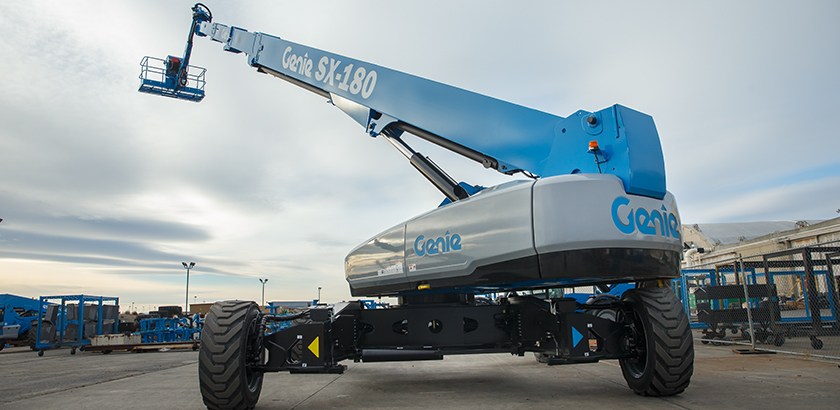
rROIC For Rental Stores
No matter if you are a large or small rental house, public or private company, new to the industry or have been serving aerial markets for as long as Genie has been, when you are reviewing your return on invested capital (ROIC) you have the same cost-of-ownership considerations as the competition: Price, freight, availability, maintenance and repair costs, to name a few.
Continue Reading
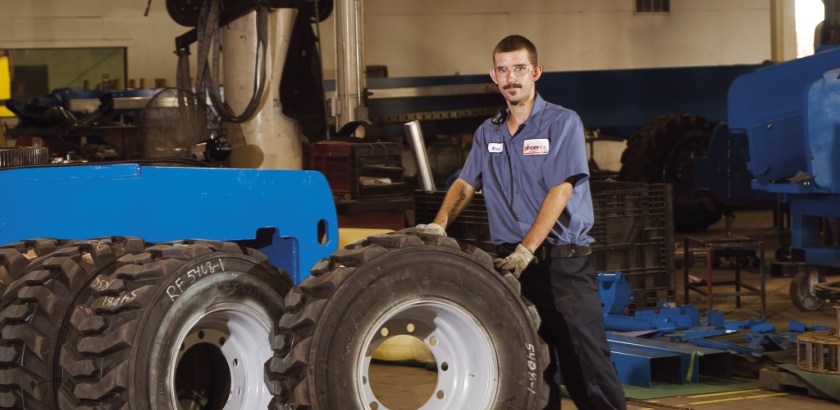
How our Manufacturing Practices Influence your rROIC
Our goal at Genie is to produce industry-leading aerial lift equipment designed and built to maximize machine uptime and provide the highest rental return on invested capital (rROIC) to our customers.
Continue Reading
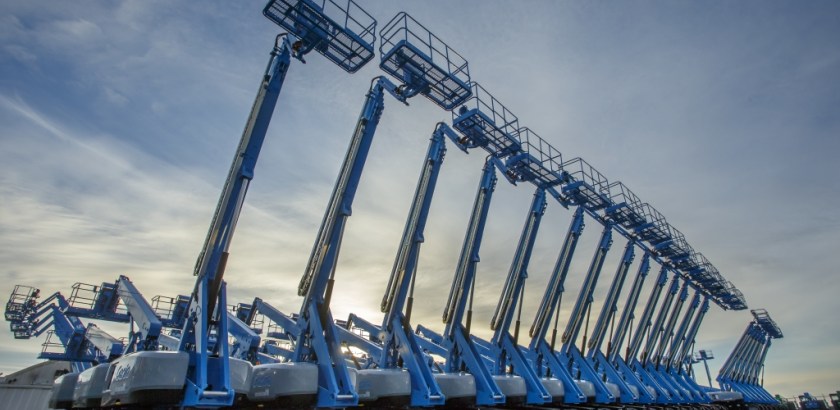
Innovation through rROIC
As a leader in the aerial equipment industry, we are always looking for ways to continue “Building the Future.” It’s more than our 50th anniversary slogan; it’s how we do business.
Continue Reading


